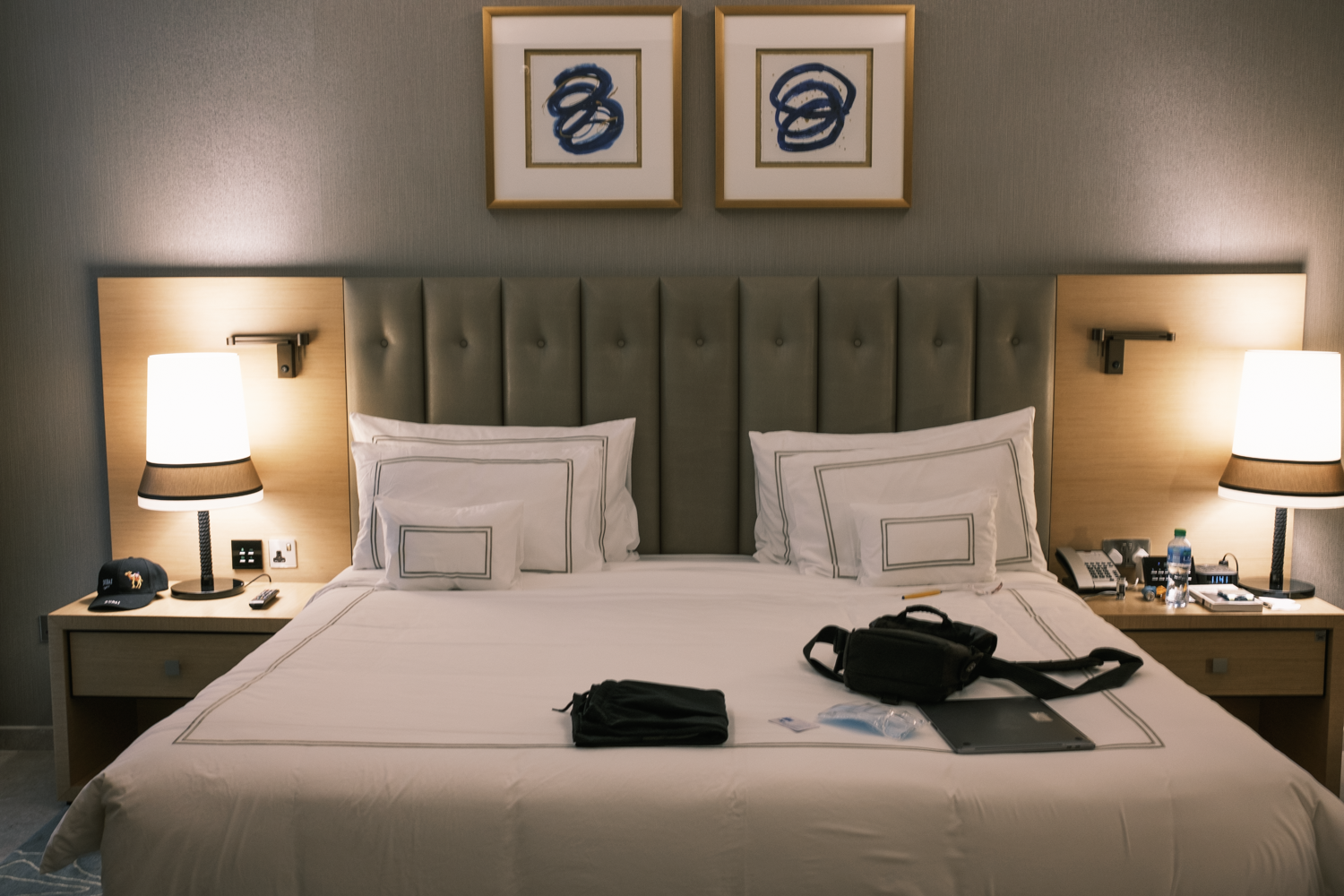Research Task:things that inspired and informed my own practice
Research Task As you’ve seen, there are many examples of photography that avoid the use of the human figure in order to communicate truths and stories about humanity. Do your own research into areas you’ve been inspired by in this project; delve deeper into the areas that interest you. Continue to think about how this might inform your own practice.
Some artists that have inspired me:
Sometimes, the absence of people amplifies the relationship between the image and the viewer. Paul Seawright refers to this as ‘the space in between’- a dynamic space of interpretation and interaction between the viewer and the image they observe.
In the works, ‘*Sectarian Murder’ (Searight)-images of locations where sectarian murders were carried out- and Gideon Mendel’s ‘Dzechgel’-images of personal artefacts gathered in a refugee camp in Calis-the absence of people in the images create an implied narrative and amplify the emotional impact. Seawright’s images have text that are excerpts from the press at the time of the atrocities and compel us to imagine the murders and associated horrors. In Mandel’s case, we reflect on whom the objects belonged to, triggering internal dialogues and reflections. The objects can stop us in our tracks and humanise the refugees (people!), lifting them out of their role as ‘other’ into people just like us, albeit faced with the challenge to find the basics of life and somewhere safe to live.
In Nigel Shafron’s series “Washing Up’ we are presented with images of kitchen scenes, utencils pilled high-domestic sculptures exploring the banal themes of domesticity, routine, and the passage of time. The images highlight the traces of life and activity in these seemingly ordinary spaces. The images leave clues for us to unpick and reflect upon, creating a sense of place and clues to identity.
Susan Lipper’s Bed and Breakfast series explores and reflects upon the classic British B&B holiday – her images focus on mundane things like flowered curtains, towels folded on a bed, a plastic kettle with tea bags and creamer-which make a cuppa that only exists (and tastes) in this context, provoking feelings of familiarity, nostalgia and disdain in a single glance!
Informing my practice
Over the past 10 years, I’ve been travelling a lot for work. I must have stayed in hundreds of hotels in many countries. One of my rituals is to photograph the hotel rooms I stay in. Images of rooms and objects within, without people. I do it the minute I arrive when everything is pristine and tidy, or when I leave. I’ve always felt I could do a good series with these images, and this part of the course has given me the purpose to explore it further using some key learnings of identity and place, including:
- Construction of Identity: Through my choices in framing and composition, I can shape a narrative of identity and place. Despite the many countries I have visited and the cultures I have experienced, hotel rooms have become globally homogenised. Mostly.
- Environment: The physical environment is integral to one’s sense of identity and experiencing a place. As part of my series, I will begin to explore or widen my framing of the environment beyond the hotel room and what’s outside the window, or in the corridors-the wider eco-system of a hotel stay.
- Narrative and Storytelling: How I playback or arrange the images will tell a story and broader narrative. I have a few narratives in mind, but materials from the course will help me focus and communicate these with a common thread throughout the series.
- Subjectivity and Perspective: Identity and place are subjective concepts that vary from person to person. As a photographer, I bring my own view and perspective. This is what attracts me to the medium and practice. I want people to stop and think about what they are looking at- connect with the image but also connect with my take on it or bring their own.



